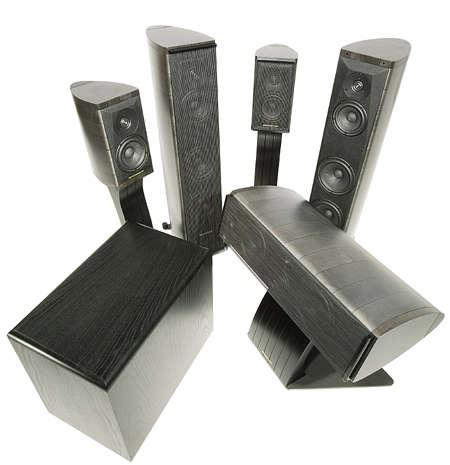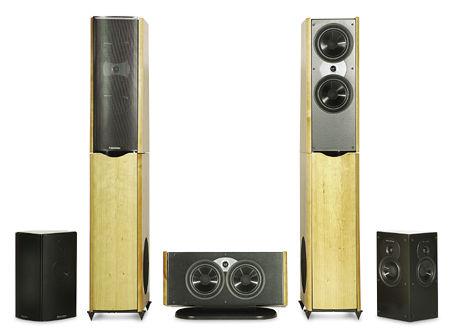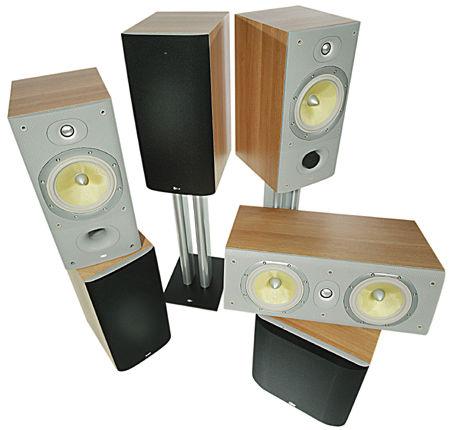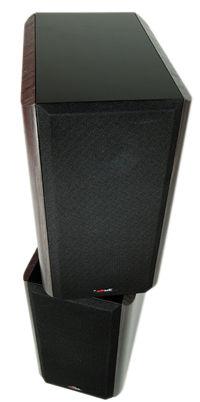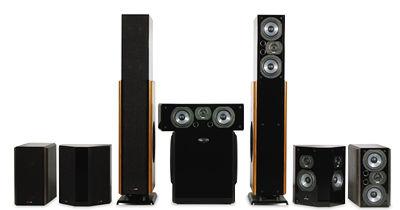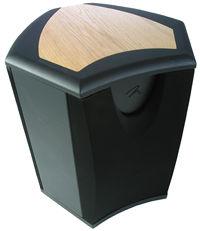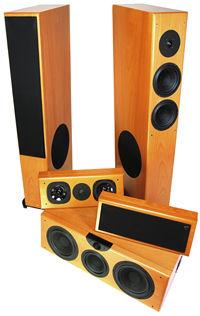Tower Speaker Reviews
Sort By: Post Date TitlePublish Date
|
Dec 15, 2003
|
Dec 01, 2003
|
Nov 28, 2003
|
Nov 09, 2003
|
Sep 01, 2003
|
Jul 14, 2003 |
First Published: Jul 15, 2003
|
May 28, 2003
|
Apr 09, 2003 |
First Published: Apr 10, 2003
|
Mar 26, 2003
|
Mar 12, 2003
|
Mar 03, 2003
|
Jan 08, 2003
|
Jan 01, 2003 |
First Published: Jan 02, 2003
